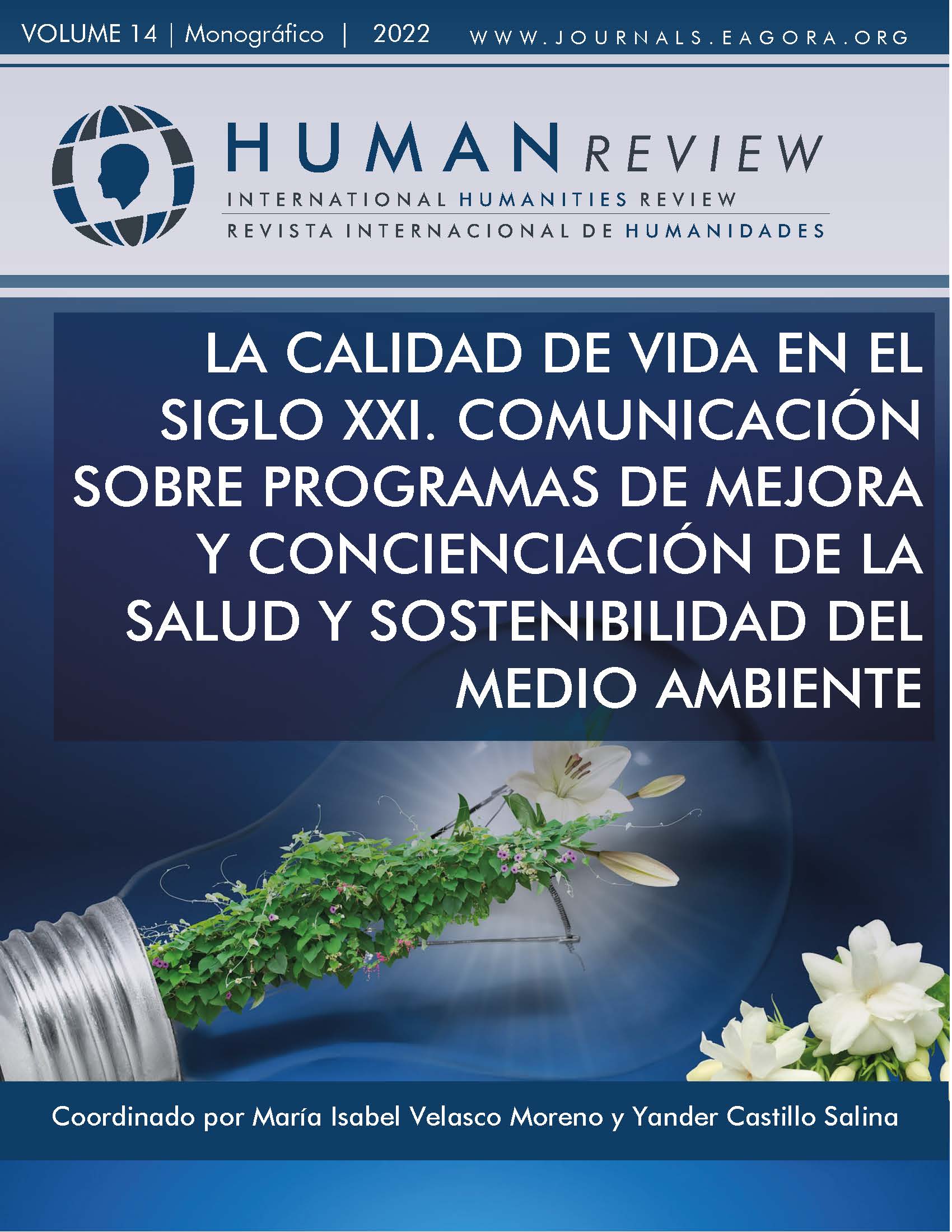Physical Education Teachers and Emergency Services
Training in prevention and key first aid to improve the use of emergencies
DOI:
https://doi.org/10.37467/revhuman.v11.4104Keywords:
Accidents, Education, Education for health, Emergencies, Physical education, Prevention, TraumatologyAbstract
This article analyzes the perceptions of Physical Activity and Sports Science students about the training of Physical Education teachers in first aid and its relationship with the use of emergencies. A qualitative methodology has been used in which the collective interview was used. The results showed that teachers are responsible for assessing the severity of an injury, transferring or advising the use of the emergency service. The selection of exercises among others would improve accident prevention. Lastly, training in first aid is pointed out as deficient.
References
AESST. Agencia para la Seguridad y la Salud en el Trabajo (2011). Training teachers to deliver risk education. Examples of mainstreaming OSH into teacher training programmes. Luxembourg: Publications Office of the European Union. https://acortar.link/ZplvrU
Boned, C. J., Rodríguez, G., Mayorga, J. I., & Merino, A. (2006). Competencias profesionales del Licenciado en Ciencias de la Actividad Física y el Deporte. Revista Motricidad: European Journal of Human Movement, 24(15),1-6.
Latorre, P. A., & Pérez, M. I. (2012). Gestión de la seguridad en las actividades físico-deportivas escolares. EmásF: Revista Digital de Educación Física, 18,1-16. https://acortar.link/ZplvrU
Llorent-Bedmar, V., & Cobano-Delgado, V. (2019). La formación en educación para la salud del alumnado universitario del grado de educación infantil en España. Ciência & Saúde Coletiva, 24, 3067-3078.
López, R. (2015). Percepción del riesgo en el profesorado del área de educación física. EmásF: revista digital de educación física, (33), 50-65.
Lucena, M., Román, P. Á. L., & Pozas, D. D. L. C. M. (2020). Estudio de las sentencias derivadas del ámbito civil o penal tras accidentes en la clase de Educación Física. Retos: nuevas tendencias en educación física, deporte y recreación, (37), 802-809.
Oliver-Hoyo, M., & Allen, D. (2006). The Use of Triangulation Methods in Qualitative Educational Research. Journal of college science teaching, 35(4).
Pérez-Pueyo, Á., Hortigüela-Alcalá, Fernández, J., Gutiérrez-García, C, & Santos, L. (2021). Más horas sí, pero¿ cómo implantarlas sin perder el enfoque pedagógico de la Educación Física?. Retos: nuevas tendencias en educación física, deporte y recreación, (39), 345-353.
Quintal de Freitas, M. de F. (1999). Grupos, Entrevistas Colectivas y Producción de Conocimiento Popular en Trabajos de Psicología Comunitaria. Psykhe, 8(1). http://revistadelaconstruccion.uc.cl/index.php/psykhe/article/view/21049
Robledo, L., Duro, M., Carvajal, E., & Fornes, R. (2021). Adecuación del uso de los servicios médicos de urgencias por parte del paciente adolescente. Revista Cubana de pediatría, 93(3).
Saldaña, J. (2021). The coding manual for qualitative researchers. The coding manual for qualitative researchers, 1-440.
Santiago-Ortíz, R., Guzmán, L., & García, R. (2000). Frecuencia de niños atendidos por lesiones esqueléticas accidentales en un hospital general. Revista Mexicana de Pediatría, 67(3), 103-106.
Sepúlveda, V., & González, G. R. (1987). Epidemiología del paciente traumatológico. Rev Mex Ortop Traum, 1, 68-70.
Silva, R. (2015). Responsabilidad del profesor de educación física: consecuencias de las reclamaciones legales de accidentes. Avances en supervisión educativa, (24).
Tenorio, D., Marino, J., Garzón, E., Castaño, C., Acevedo, A., & Martínez, J. (2009). Efectividad de intervenciones educativas en primeros auxilios. Investigaciones Andina, 11(18), 81-91.
Tortorella, G. L., Viana, S., & Fettermann, D. (2015). Learning cycles and focus groups: a complementary approach to the A3 thinking methodology. The Learning Organization.
Zurita, M. L., Román, P. Á. L., & Pozas, D. D. L. C. M. (2020B). Análisis de las competencias en percepción del riesgo como medio de prevención de lesiones durante la clase de Educación Física (Analysis of skills in risk-perception as a means of preventing injuries in Physical Education lessons). Cultura, Ciencia y Deporte, 15(45), 353-361.
Downloads
Published
How to Cite
Issue
Section
License
Those authors who publish in this journal accept the following terms:
- Authors will keep the moral right of the work and they will transfer the commercial rights.
- After 1 year from publication, the work shall thereafter be open access online on our website, but will retain copyright.
- In the event that the authors wish to assign an Creative Commons (CC) license, they may request it by writing to publishing@eagora.org









